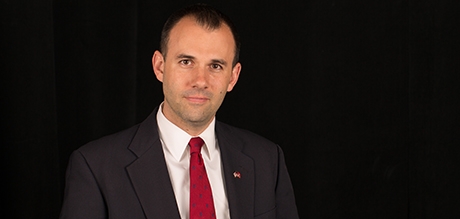Tomorrow’s election will likely result in a net gain of veterans serving in the U.S. House of Representatives, according to an analysis conducted by the Graduate School of Political Management’s Center for Second Service. If this occurs, it will be the first such increase since 1980.
“We are seeing the vanguard of a new generation of veterans in elected office,” said Seth Lynn, director of the Center for Second Service, which trains military veterans on how to get involved in electoral politics. “Pundits have been predicting that veteran candidates would fare worse now that national security is no longer the focus. But of greater importance than veterans’ national security credentials is their ability to inspire America’s confidence.”
There are currently 92 veterans in the House of Representatives. This year, 189 veterans have received their party’s congressional nomination. According to the analysis, between 92 and 100 of the 189 veterans are expected to win, although this number could be lower if a Democratic sweep of “lean Republican” districts were to occur.
The number of veterans nominated by their party for House races has remained relatively stable since 2000; however, this year more veterans are running in what are projected to be winnable races, or districts that are not considered “safe” for the opposing party. The Democrats’ share of the veteran nominees, which is currently just over one-third, has been steadily decreasing since 2006, when each party nominated approximately the same number of veterans.
“While voters have grown increasingly frustrated by Congress over the last decade, they’ve watched our men and women in uniform unfailingly do what the country has asked of them, even when doing so puts them in imminent danger,” said Mr. Lynn. “Americans are effectively saying that these are the people we need to fix Washington.”
Republicans have begun claiming a larger share of the veteran members of the House. While in prior to the 2010 election, party affiliations of veterans in Congress were evenly split (48 Republicans and 47 Democrats), today nearly three-quarters of the veterans in the House are Republicans. This partisan split is unlikely to change significantly post-election.
Not only are more GOP veterans running than their Democratic counterparts, but they are also more often vying for winnable seats. Of the 47 Democratic contenders with military service, only 15 percent are running in winnable districts, whereas nearly 30 percent of veteran challengers in the GOP have been nominated for winnable races.
The Center for Second Service and its partner organization Veterans Campaign will release further analysis after the election. Additional information is available online.
The Center for Second Service (GW charter pending) is a new program with GSPM that provides members and veterans of the United States Armed Forces with training and education resources to enable them to continue their commitment to public service.


